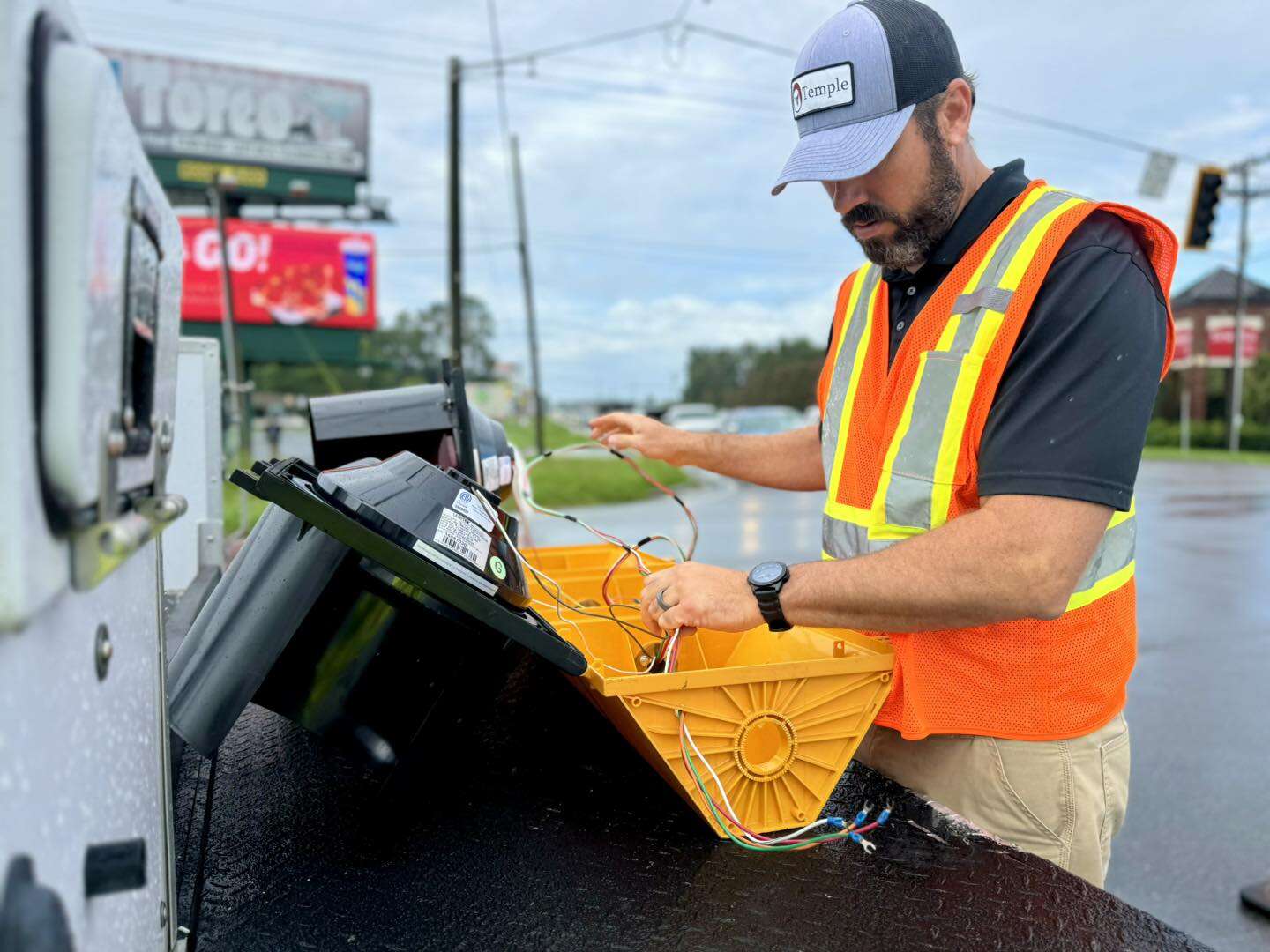Watch out for Gray Leaf Spot Disease
Published 9:30 am Monday, July 22, 2019
Conditions are right for gray leaf spot to appear on St. Augustine grass. The disease favors night time temperatures above 65 degrees and daytime temperatures from 80-90 degrees. Mix in high levels of moisture or high humidity and the conditions become perfect for this disease.
With increased rain and high humidity, gray leaf spot can become a problem very quickly. Areas with shade stay wet longer therefore increasing disease pressure. If you have just fertilized with a lot of nitrogen, this can make the disease worse.
On St. Augustine grass, gray leaf spot first appears as small, brown spots on the leaves and stems. The spots quickly enlarge to approximately ¼ inch in length and become bluish-gray in color and oval or elongated in shape.
The mature lesions are tan to gray in color and have depressed centers with irregular margins that are purple to brown in color. A yellow border on the lesions can also occur. The overall appearance of the turf looks thinned as blades of grass turn brown. The problem is worse in shady areas where moisture remains on grass blades longer.
Gray leaf spot can reduce the vigor of St. Augustine grass and slow down the spread of St. Augustine grass. This can be a problem in areas where you need grass to fill in or where grass is sprigged or plugged. No cultivar of St. Augustine grass is immune to this disease.
Water management is key to reducing gray leaf spot. Watering in the early morning is best because the grass is already wet from dew and grass dries quickly when the sun comes up in the morning. Avoid watering at dusk.
Sometimes with frequent rains and high and high humidity the disease can be a problem despite your watering efforts. Fungicides can be used to control the disease. A preventative fungicide application made prior to disease conditions is preferred but timing this can be difficult.
Stobilurin fungicides such as Insignia (pyraclostrobin) and Heritage (azoxystrobin) are among the most effective systemic herbicides available for gray leaf spot. These are a good choice when the disease pressure is high.
Banner Maxx (propiconazole), and products containing chlorothalonil such as Daconil Weather Stik, or Manicure, are effective when disease pressure is low and are also good choices in a tank mix to help prevent fungicide resistance. Chlorothalonil is no longer labeled for use on home lawns but can be used on non-residential turf areas.
If gray leaf spot is severe, a landscaping service may be your best bet to get the disease under control. If conditions remain favorable for gray leaf spot, more than one fungicide application may be needed this summer.
Jake Price is the UGA Extension Agent/Coordinator for Lowndes County. He can be reached at 229-333-5185 or jprice@uga.edu.





